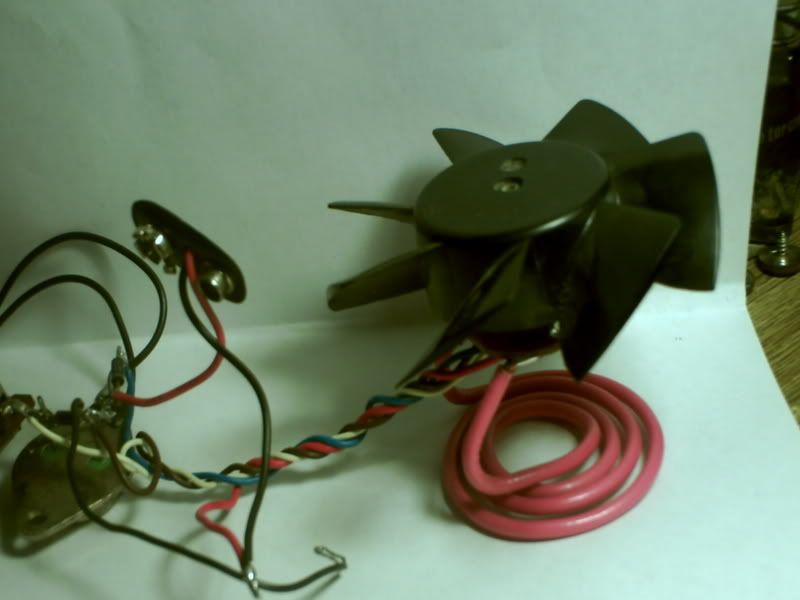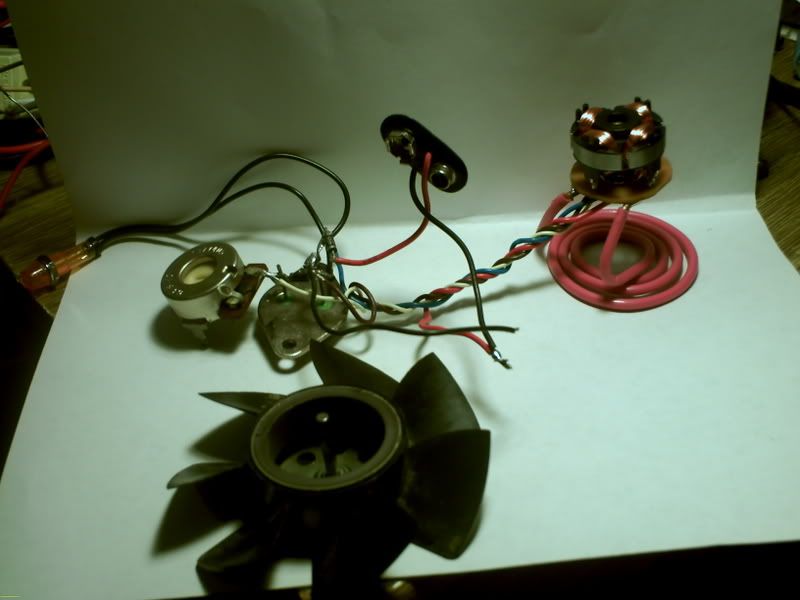Hello All
Hi All
Im new here been reading and building the fan sg Thanks Imhotep (cant beleive your a rush fan thats so cool)
(cant beleive your a rush fan thats so cool)
Its really make life alot easy had no-end of trouble with the north pole motor still useing a reedswitch to get it going.
Anyway I have a question or two.
Do i just put a cap in line before the battery to Charge or can i just go into the battery?
also would love to pulse charge the batterly with a 555 but im not big on eletroics can someone help me out?
Free energy for All + Freedom=Result
Hi All
Im new here been reading and building the fan sg Thanks Imhotep
 (cant beleive your a rush fan thats so cool)
(cant beleive your a rush fan thats so cool) Its really make life alot easy had no-end of trouble with the north pole motor still useing a reedswitch to get it going.
Anyway I have a question or two.
Do i just put a cap in line before the battery to Charge or can i just go into the battery?
also would love to pulse charge the batterly with a 555 but im not big on eletroics can someone help me out?
Free energy for All + Freedom=Result






 Thanks for this page!
Thanks for this page!
 ) But a good rule of thumb is to combine all the voltages going to the transistor and total them up, so if you are charging 12V to 12V you have 24V on transistor approx...
) But a good rule of thumb is to combine all the voltages going to the transistor and total them up, so if you are charging 12V to 12V you have 24V on transistor approx... but realize replacing transistors can get expensive.
but realize replacing transistors can get expensive.



Comment